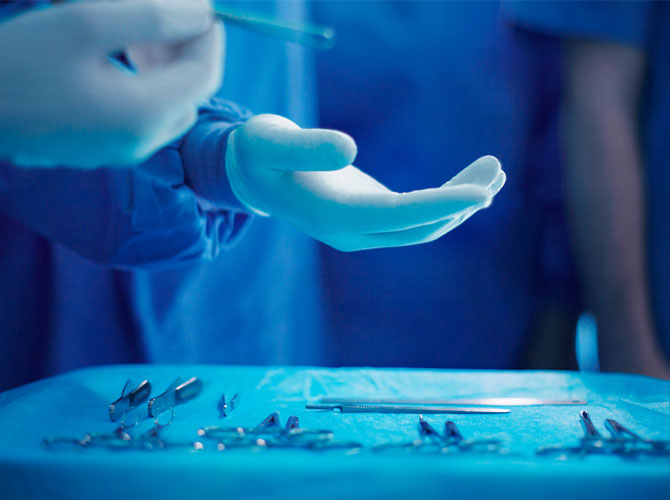
neurovascular surgery trigeminal neuralgia
Neurovascular Surgery Trigeminal Neuralgia is a chronic pain condition that affects the trigeminal nerve, which carries sensation from your face to your brain. If you have trigeminal neuralgia, even mild stimulation of your face — such as from brushing your teeth or putting on makeup may trigger a jolt of excruciating pain.
You may initially experience short and mild attacks. But trigeminal neuralgia can progress and cause longer, more-frequent bouts of shooting pain. Trigeminal neuralgia affects women more often than men and it's more likely to occur in people who are older than 50. Episodes may be triggered by any touch on face. It is one of the most painful conditions, and can result in depression. The exact cause is unclear.
Symptoms
- Episodes of severe, shooting or jabbing pain that may feel like an electric shock.
- Spontaneous attacks of pain or attacks triggered by things such as touching the face, chewing, speaking or brushing teeth.
- Bouts of pain lasting from a few seconds to several minutes.
- Episodes of several attacks lasting days, weeks, months or longer. Some people have periods when they experience no pain.
- Constant aching, burning feeling that may occur before it evolves into the spasm-like pain of trigeminal neuralgia.
- Pain in areas supplied by the trigeminal nerve, including the cheek, jaw, teeth, gums, lips, or less often the eye and forehead.
- Pain affecting one side of the face at a time, though may rarely affect both sides of the face.
- Pain is focused in one spot or spread in a wider pattern.
- Attacks become more frequent and intense over time.
Treatments
Medical treatment: The most common drug used is carbamazepine. The effective daily dose can be as small as 300mg to as large as 2000 mg. The principle of treatment is to administer the smallest single dose to control the pain. The frequency is adjusted to relieve the pain completely. Once achieved, the schedule is continued for 6-8 weeks without decreasing the dose to achieve stable remission. Following this the drug can be gradually tapered and stopped. In case of resurgence of pain this can be restarted. Over a period of time, the recurrences become less responsive, necessitating introduction of other drugs.
Surgical treatment: The two most common forms of surgical treatments are (a) Microvascular Decompression (MVD) and (b) Radiofrequency thermocoagulation (RFTC) Microvascular Decompression: The MVD surgery involves posterior fossa exploration through a small opening next to the mastoid process. Under magnification, the offending vascular loop is dissected free of the root entry zone and a Teflon graft is interposed.
RADIOFREQUENCY THERMOCOAGULATION Radiofrequency rhizotomy is based on temperature dependent selective destruction of pain transmitting C fibres whiles sparing the A-delta fibres. This is a day care procedure. Preoperative workup involves evaluation for fitness to undergo short general anaesthesia. The procedure involves retrogasserian needle placement by percutaneous technique.
